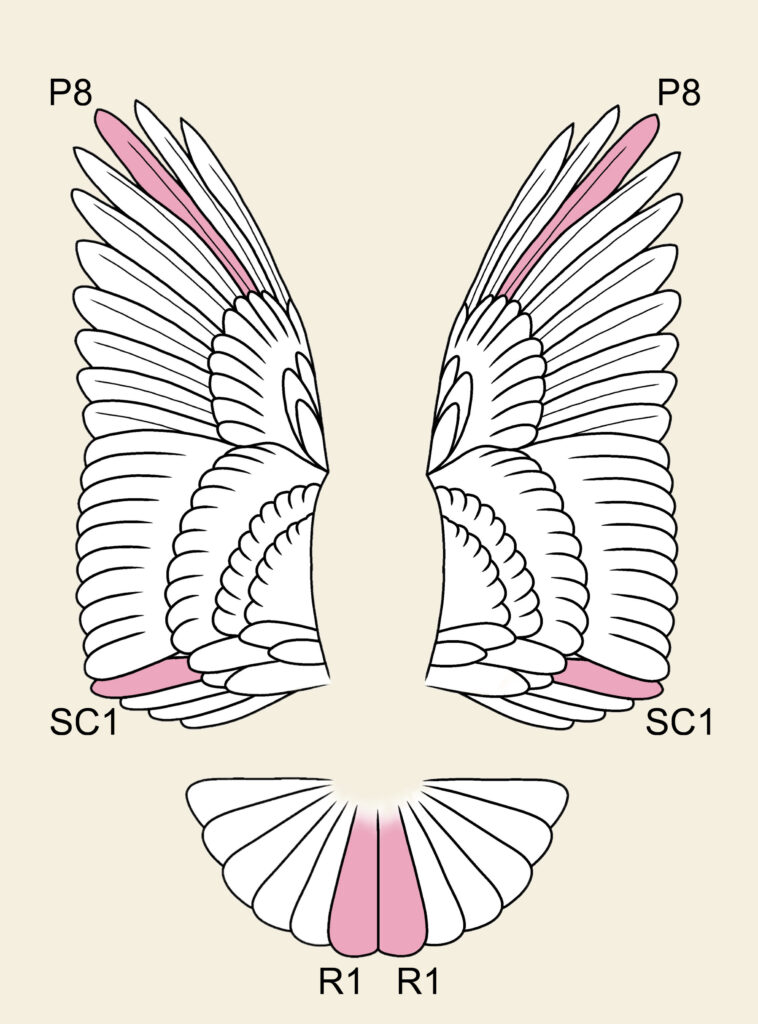58 female White Leghorn chickens, originated from a commercial hatchery, were divided equally for a control group and an enrichment group.

After habituation to the home pen and the enrichment, several tests were conducted to assess whether the groups differed between treatments in relation to behavior, behavioral flexibility, fearfulness, and stress levels.
Tests performed
Ethological study
To determine if enrichment influences the chickens’ overall behaviour, an ethological study was done in their home pens with no human interaction or interference.
The chickens were observed for one hour, three times per week, for three weeks, and the frequency of each behaviour was noted.
The behaviours analyzed were:
forage, drink or feed, exploration, locomotion, stand altert, inactive, perch, flight, dust bathe, comfort behaviour, gentle feather pecking, and out of sight.
Open field test
To assess the chickens exploratory behavior, fear, and activity levels in an unfamiliar environment, an open field test were conducted.
During the test, the chickens were placed individually in an empty arena and observed for ten minutes. During the analysis, the arena was divided into eight zones, and the number of zone crossings was counted to determine the activity levels.
Novel object test
To assess chickens’ reactions to unfamiliar objects introduced into their environment, a novel object test were conducted.
Using the same arena as for the open field test, a novel object, in this case a blue/silver colored can, were introduced to the chickens. For five minutes, and the proximity to the novel object was assessed.
Restraint test
To see if the enrichment affects the physiological and hormonal stress response in the chickens, a restraint test were conducted.
The restraint test is a method used to induce stress in animals by temporarily restricting their movements for a short period of time. This restriction can cause stress hormones such as corticosteroids (CORT) to be triggered in the blood.
In the past, it has been observed that chickens from hatcheries produce more stress hormones in response to a restraint test than chickens hatched “naturally,” implying that naturally hatched chickens do not react as strongly to acute stressors as hatchery chickens do.
Blood samples were collected both before and after the restraint. After that, the amount of CORT in the blood plasma was measured and compared across the groups, as well as before and after the test.
Fault bars analysis
To measure their physical stress response over a longer period of time, a fault bars analysis were performed.
Fault bars are malformations in the feather, caused by acute stressful situations during the growth period. Since all chickens were handled the same way, with the sole difference being enrichment, this test could potentially show how the treatment affects their stress resistance.
At the end of the experiment period, six feathers per chicken were collected and the number of fault bars per treatment were analyzed using a stereo microscope.



P8 is the third of the outer wing feathers, SC1 is the longest scapular cover feather of the wing, and R1 is the mid tail feather.